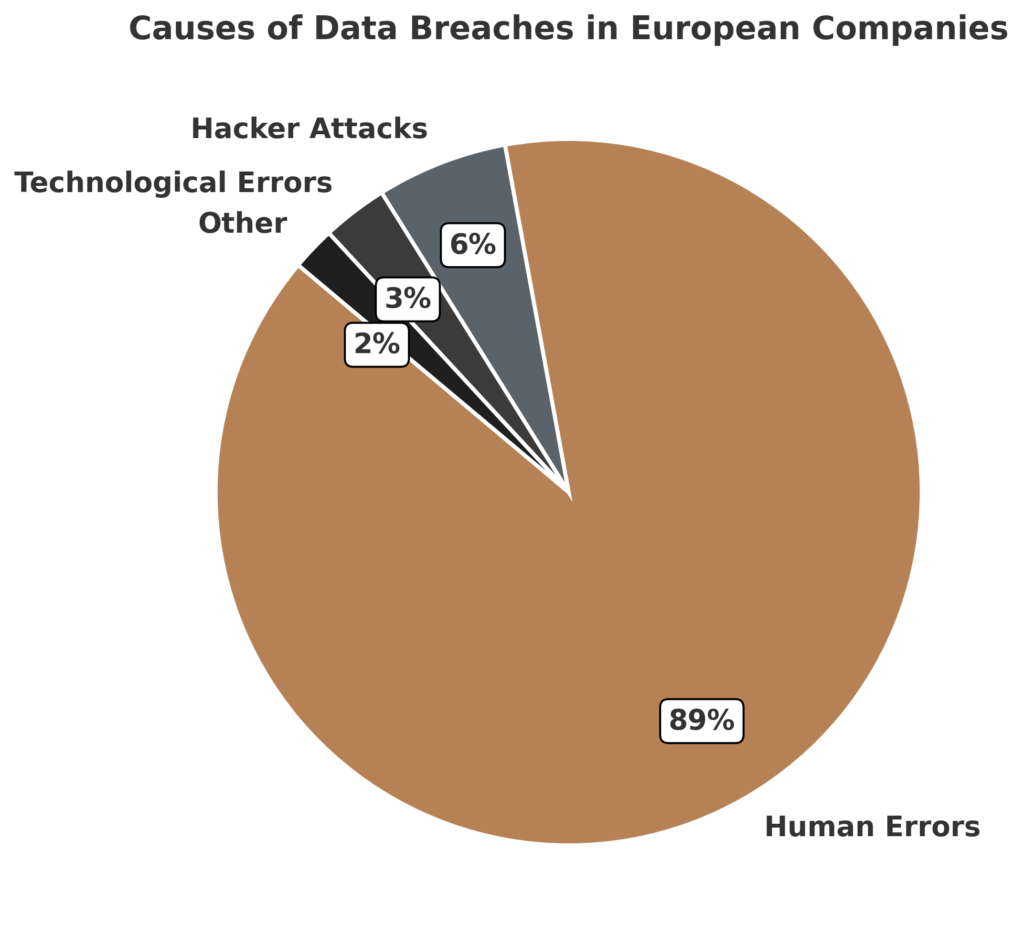1. Using Effective Anonymization Methods
In the era of increasing digitalization of businesses and public administration, personal data protection has become a priority. Processing sensitive information carries risks of data breaches and unauthorized access. Electronic document anonymization effectively secures data by eliminating the possibility of identification.
2. Ensuring Compliance with GDPR
According to the General Data Protection Regulation (GDPR), companies and institutions are required to implement appropriate technical and organizational measures to protect personal data. In case of non-compliance, data administrators may face substantial financial penalties.
Companies should implement professional anonymization systems that guarantee:
- Permanent removal of sensitive information,
- Automatic detection of personal data in documents,
- Compliance with legal regulations and audit requirements,
- Protection against recovering anonymized data.
3. Utilizing Automation in the Anonymization Process
Modern technological solutions allow for the automatic detection and removal of personal data. Anonymization tools eliminate the need for manual document searches, reducing human error risks and speeding up the entire process.
4. Electronic Document Anonymization: What Risks Should Be Minimized?
Improper anonymization can lead to serious data breaches. The most common mistakes include:
- Using simple tools that only mask data instead of permanently deleting it.
- Lack of automated anonymization processes, increasing the risk of human errors.
- Storing anonymized documents without additional security measures such as encryption.
According to a 2024 report by the European Union Agency for Cybersecurity (ENISA), 89% of personal data breaches in companies result from human errors. Professional anonymization systems minimize this risk, ensuring full protection.

5. Using Industry-Specific Anonymization Tools
Companies in the financial, legal, and healthcare sectors process large amounts of sensitive data. A study conducted by the European Data Protection Board (EDPB) in 2024 found that 72% of companies using professional anonymization tools reduced their risk of data leaks by over 50%.
6. Combining Anonymization with Data Encryption
Anonymization combined with encryption provides the highest level of data protection. Anonymized data can be further encrypted, enhancing security even in cases of unauthorized document access.
7. Adapting Anonymization to Changing Regulations
Legal requirements for personal data protection are constantly evolving, requiring organizations to continuously adapt their procedures. Failure to comply with current regulations, such as GDPR, can result in severe financial penalties and loss of customer trust.
A 2024 report by the European Commission found that 64% of companies struggled with interpreting anonymization-related regulations. Implementing tools that meet the latest legal standards and automatically adjust data processing procedures to current regulations is essential.
8. Simplicity and User-Friendliness of Anonymization Tools
Employees are accustomed to simple anonymization solutions, so it is crucial that new tools remain intuitive and easy to use. Complex systems can lead to user errors, increasing the risk of data breaches. Modern tools should offer automation, a clear interface, and fast, effective anonymization processes that do not require advanced technical knowledge.



